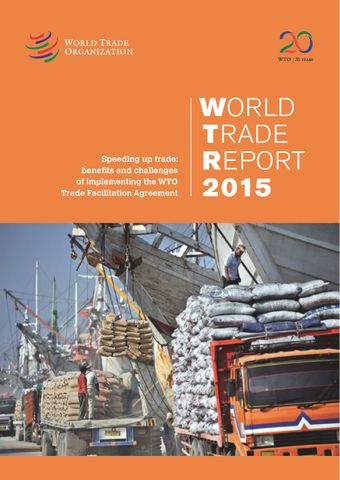- Home
- Books
- World Trade Report 2015
- Chapter
The theory and measurement of trade facilitation

- By: World Trade Organization
- Source: World Trade Report 2015 , pp 56-71
- Publication Date: October 2015
- DOI: https://doi.org/10.30875/ebffc249-en
- Language: English French, Spanish
This section first provides a conceptual framework for understanding the economic effects of trade facilitation – how improving trade procedures reduces trade costs, and how that in turn affects the pattern and volume of trade, the allocation of resources, and economic welfare. Given that trade facilitation can, in principle, be implemented unilaterally, this section examines the reasons why countries would want to include trade facilitation in a multilateral trade agreement. Finally, it examines the indicators – from narrower customs-related ones to broader regulatory and infrastructural areas – that have been developed to measure trade facilitation, and identifies what indicators can best be employed to estimate the economic benefits of implementing the WTO’s Trade Facilitation Agreement.
-
From This Site
/content/books/9789287042200s005-c005dcterms_subject,pub_countryId-contentType:WorkingPaperSeries -contentType:Periodical -contentType:BookSeries -contentType:ReportSeries105


